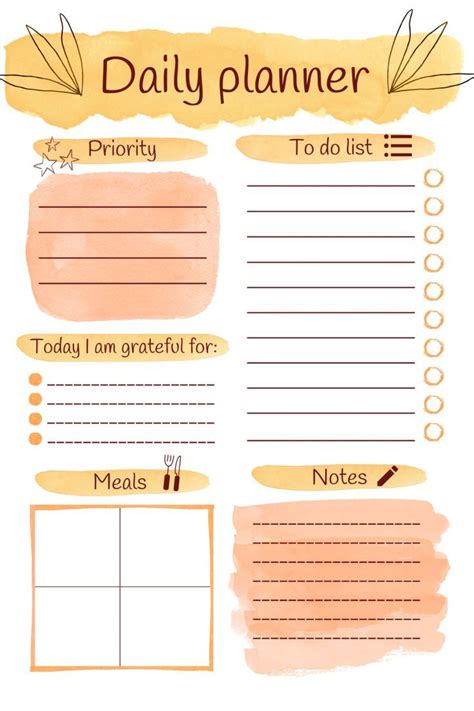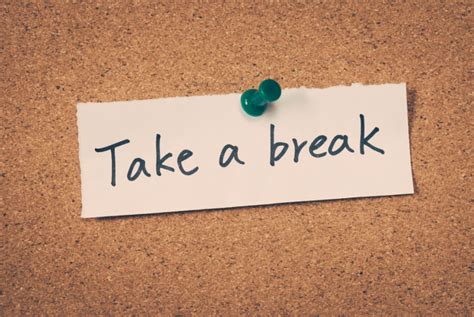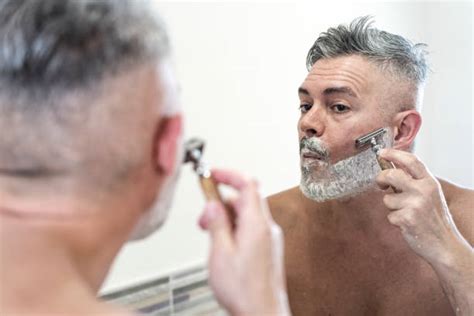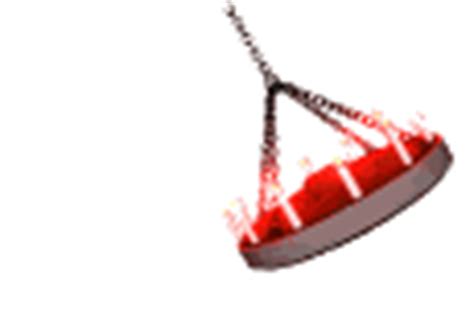Optimize shave: Prevent razor burn & ingrowns for peak professional impact?

Why a Flawless Shave Defines Professional Presence
In the professional world, first impressions are paramount. While a sharp suit and confident demeanor are essential, a smooth, irritation-free shave speaks volumes about your attention to detail and self-care. Razor burn, unsightly redness, and painful ingrown hairs can detract significantly from an otherwise polished appearance, undermining your confidence and potentially impacting how you’re perceived. Achieving a consistently clean shave isn’t just about aesthetics; it’s a strategic component of your professional arsenal.
Understanding the root causes of these common shaving woes is the first step toward conquering them. Razor burn is often a result of improper technique, a dull blade, or insufficient lubrication. Ingrown hairs, on the other hand, occur when hair curls back into the skin instead of growing outward, frequently exacerbated by close shaves or improper hair removal methods. Fortunately, with the right approach and a few simple adjustments to your routine, you can banish these irritations for good.

The Essential Pre-Shave Ritual
Preparation is key to a comfortable and effective shave. Think of it as laying the groundwork for a flawless finish. Skipping these crucial steps is a common mistake that leads directly to irritation.
- Exfoliate Gently: Before shaving, use a mild facial scrub to remove dead skin cells and lift hairs away from the skin. This helps prevent ingrown hairs and allows for a closer, smoother shave. Do this 2-3 times a week, not every day you shave.
- Warm Water & Steam: Shave after a warm shower or apply a hot towel to your face for a few minutes. Warmth softens the beard hairs and opens pores, making the hair easier to cut and reducing drag on the blade.
- Pre-Shave Oil: A thin layer of pre-shave oil creates a protective barrier between your skin and the blade, providing extra lubrication and cushioning. This is particularly beneficial for those with sensitive skin or a coarse beard.

Mastering Shaving Technique for a Superior Result
Your actual shaving technique is paramount. Even with perfect preparation, poor technique can ruin your efforts and lead to discomfort.
- Sharp Blade is Non-Negotiable: A dull blade pulls and tugs at hairs, causing irritation and an uneven shave. Change your blade or cartridge every 5-7 shaves, or sooner if you feel resistance.
- Quality Lather: Use a rich, hydrating shaving cream or soap, not just foam from a can. Apply it generously and let it sit for a minute or two to further soften the hairs.
- Shave With the Grain (First Pass): Always shave in the direction your hair grows first. This is the most critical step for preventing razor burn and ingrown hairs. For a closer shave, you can re-lather and shave across the grain on a second pass, but avoid going against the grain, especially if you’re prone to irritation.
- Light Touch, No Pressure: Let the razor do the work. Applying too much pressure not only dulls the blade faster but also increases the risk of nicks, cuts, and irritation.
- Rinse Your Blade Frequently: Clogged blades are ineffective. Rinse your razor under hot water after every few strokes to keep it clear of hair and shaving cream.
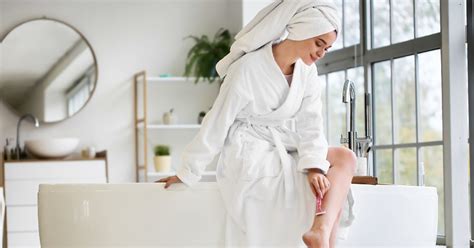
The Crucial Post-Shave Care
The shave doesn’t end when the blade leaves your face. Post-shave care is just as important for soothing the skin and locking in moisture.
- Cold Water Rinse: After shaving, splash your face with cold water to close pores and tighten the skin, reducing redness and inflammation.
- Alcohol-Free Aftershave Balm: Skip alcohol-based aftershaves, which can dry out and irritate the skin. Opt for a soothing, alcohol-free balm or lotion containing ingredients like aloe vera, witch hazel, or chamomile to calm and hydrate.
- Moisturize: Follow up with a good quality, non-comedogenic facial moisturizer to keep your skin hydrated throughout the day. Hydrated skin is more resilient to irritation and less prone to ingrown hairs.

Long-Term Strategies & When to Seek Help
Consistency is key to maintaining healthy, irritation-free skin. Regularly incorporate these steps into your routine. If you’re still struggling with severe razor burn or persistent ingrown hairs, consider:
- Adjusting Your Razor: A safety razor or an electric shaver might be less irritating for some skin types than multi-blade cartridges.
- Professional Consultation: A dermatologist can offer personalized advice, prescribe topical treatments, or suggest alternative hair removal methods if your issues persist.

Conclusion: Shave Smart, Look Professional
A smooth, comfortable shave is a cornerstone of professional grooming. By dedicating a little extra time and attention to your pre-shave preparation, shaving technique, and post-shave care, you can effectively prevent razor burn and ingrown hairs. The result? A clear, confident complexion that enhances your professional image and empowers you to face any challenge with poise and presence. Invest in your shave; invest in yourself.



